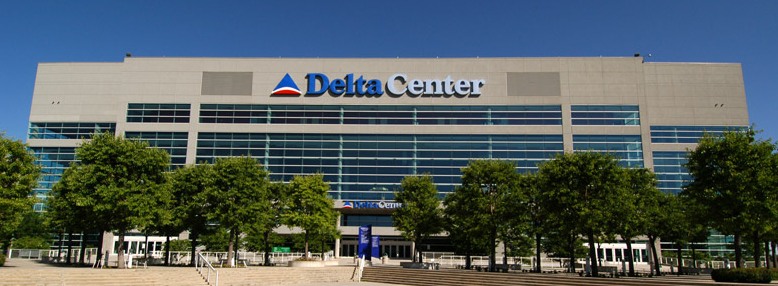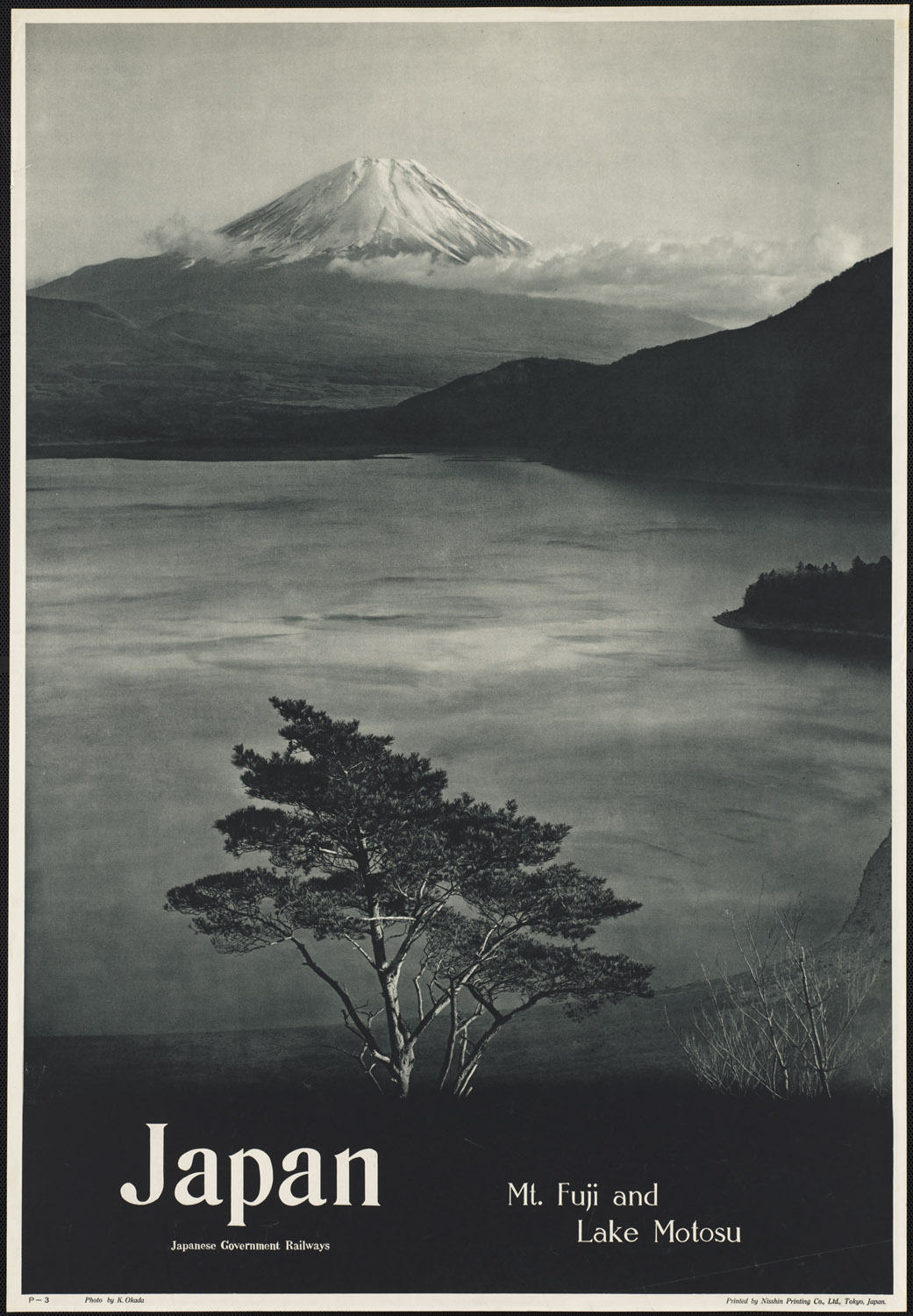|
Isumi Railway
The is a railway line in Chiba Prefecture, Japan, operated by the third-sector railway operating company Isumi Railway Company. It extends through the central eastern section of the Bōsō Peninsula, linking Ōhara Station in the city of Isumi, where it connects with the Sotobō Line, to Kazusa-Nakano Station in the town of Ōtaki, where it connects with the Kominato Line. Station list *Isumi Railway Line only operates Local services on weekdays. *The Holiday Express runs only on holidays. When you ride on the train, you have to purchase the Express Ticket in addition to fares. The Express Service starts and ends at or . However, you can board on the train between Ōtaki Station and Kazusa-Nakano Station without Express Tickets because the Holiday Express runs as a Local service in the section. *Stations marked "●" are served by all Express services. Rolling stock * Isumi Class 200 single-car DMUs * Isumi Class 300 single-car DMUs, numbers 301 to 302 (since March 2012) ... [...More Info...] [...Related Items...] OR: [Wikipedia] [Google] [Baidu] |
Chiba Prefecture
is a prefecture of Japan located in the Kantō region of Honshu. Chiba Prefecture has a population of 6,278,060 (1 June 2019) and has a geographic area of . Chiba Prefecture borders Ibaraki Prefecture to the north, Saitama Prefecture to the northwest, and Tokyo to the west. Chiba is the capital and largest city of Chiba Prefecture, with other major cities including Funabashi, Matsudo, Ichikawa and Kashiwa. Chiba Prefecture is located on Japan's eastern Pacific coast to the east of Tokyo, and is part of the Greater Tokyo Area, the most populous metropolitan area in the world. Chiba Prefecture largely consists of the Bōsō Peninsula, which encloses the eastern side of Tokyo Bay and separates it from Kanagawa Prefecture. Chiba Prefecture is home to Narita International Airport, the Tokyo Disney Resort, and the Keiyō Industrial Zone. Etymology The name of Chiba Prefecture in Japanese is formed from two kanji characters. The first, , means "thousand" and the second, means " ... [...More Info...] [...Related Items...] OR: [Wikipedia] [Google] [Baidu] |
JR East
The is a major passenger railway company in Japan and is the largest of the seven Japan Railways Group companies. The company name is officially abbreviated as JR-EAST or JR East in English, and as in Japanese. The company's headquarters are in Yoyogi, Shibuya, Tokyo, and next to the Shinjuku Station. It is listed in the Tokyo Stock Exchange (it formerly had secondary listings in the Nagoya and Osaka stock exchanges), is a constituent of the TOPIX Large70 index, and is also one of the three only Japan Railways Group constituents of the Nikkei 225 index, the other being JR Central and JR West. History JR East was incorporated on 1 April 1987 after being spun off from the government-run Japanese National Railways (JNR). The spin-off was nominally "privatization", as the company was actually a wholly owned subsidiary of the government-owned JNR Settlement Corporation for several years, and was not completely sold to the public until 2002. Following the breakup, JR East ... [...More Info...] [...Related Items...] OR: [Wikipedia] [Google] [Baidu] |
Isumi Line
The is a railway line in Chiba Prefecture, Japan, operated by the third-sector railway operating company Isumi Railway Company. It extends through the central eastern section of the Bōsō Peninsula, linking Ōhara Station in the city of Isumi, where it connects with the Sotobō Line, to Kazusa-Nakano Station in the town of Ōtaki, where it connects with the Kominato Line. Station list *Isumi Railway Line only operates Local services on weekdays. *The Holiday Express runs only on holidays. When you ride on the train, you have to purchase the Express Ticket in addition to fares. The Express Service starts and ends at or . However, you can board on the train between Ōtaki Station and Kazusa-Nakano Station without Express Tickets because the Holiday Express runs as a Local service in the section. *Stations marked "●" are served by all Express services. Rolling stock * Isumi Class 200 single-car DMUs * Isumi Class 300 single-car DMUs, numbers 301 to 302 (since March 2012) ... [...More Info...] [...Related Items...] OR: [Wikipedia] [Google] [Baidu] |
Naming Rights
Naming rights are a financial transaction and form of advertising or memorialization whereby a corporation, person, or other entity purchases the right to name a facility, object, location, program, or event, typically for a defined period of time. For properties such as multi-purpose arenas, performing arts venues, or sports fields, the term ranges from three to 20 years. Longer terms are more common for higher profile venues such as professional sports facilities. The distinctive characteristic for this type of naming rights is that the buyer gets a marketing property to promote products and services, promote customer retention and/or increase market share. There are several forms of corporate sponsored names. For example, a ''presenting sponsor'' attaches the name of the corporation or brand at the end (or, sometimes, beginning) of a generic, usually traditional, name (e.g. Mall of America Field at Hubert H. Humphrey Metrodome); or, a ''title sponsor'' replaces the origin ... [...More Info...] [...Related Items...] OR: [Wikipedia] [Google] [Baidu] |
KiHa 01 Series
The and the related and were railbus types operated by Japanese National Railways The abbreviated JNR or , was the business entity that operated Japan's national railway network from 1949 to 1987. Network Railways As of June 1, 1949, the date of establishment of JNR, it operated of narrow gauge () railways in all 46 pref ... (JNR) from 1954 until 1969. History A total of 49 vehicles were built between 1954 and 1956, originally classified as . Four prototypes entered service on the Kihara Line (present day Isumi Railway Isumi Line) in 1954. In 1957, the KiHa 10000 were reclassified as KiHa 01 and 02, the KiHa 10200 were reclassified as KiHa 03. The last unit, KiHa 02 10, was withdrawn in 1969. Preserved examples * KiHa 03-1: Preserved at the Otaru Museum * KiHa 02-9: Preserved at the ruins of the Hizen-Ikeno Station as a children's library, scrapped in 1983 however due to massive vandalism. References {{commonscat 01 series Japanese National Railways ... [...More Info...] [...Related Items...] OR: [Wikipedia] [Google] [Baidu] |
Japanese Government Railways
The Japanese Government Railways (JGR) was the national railway system directly operated by the Japanese Ministry of Railways ( ja, 鉄道省, Tetsudō-shō, ) until 1949. It was a predecessor of Japanese National Railways and the later Japan Railways Group. Name The English name "Japanese Government Railways" was what the Ministry of Railways (established in 1920) used to call its own and sometimes the ministry itself as a railway operator. Other English names for the government railways include Imperial Japanese Government Railways and Imperial Government Railways, which were mainly used prior to the establishment of the ministry. This article covers the railways operated by the central government of Japan from 1872 to 1949 notwithstanding the official English name of the system of each era. Network By the end of World War II in 1945, the Japanese Government Railways operated on the main Japanese islands of Honshū, Hokkaidō, Kyūshū, Shikoku and Karafuto. The railways ... [...More Info...] [...Related Items...] OR: [Wikipedia] [Google] [Baidu] |
Railway Construction Act
The was promulgated by the Diet of Japan on June 21, 1892, and designated government support for a network of thirty-three railway lines covering most of Japan, with the exception of Hokkaidō. On April 11, 1922, the Diet amended the law to add an additional network of regional and local routes. Today, these lines form the backbone of the national railway network, JR (although JR has relinquished control of some of the more minor ones). Lines designated by the Act of 1892 {, class=wikitable !Route !Year Completed !Line name at present , - , colspan=3, Lines of the central region , - , Hachiōji or Gotenba — Kōfu — Suwa — Ina District or NishiChikuma District — Nagoya , 1911 Hachiōji — Nagoya via NishiChikuma District by national railway , Chūō Main Line , - , Nagano or Shinonoi (present day in Nagano) — Matsumoto — connect to the previous clause route , 1902 Shinonoi — Shiojiri by national railway , Shinonoi Line , - , Kōfu — Fujikawa , 1928 Kō ... [...More Info...] [...Related Items...] OR: [Wikipedia] [Google] [Baidu] |
Ministry Of Railways (Japan)
The Japanese Government Railways (JGR) was the national railway system directly operated by the Japanese Ministry of Railways ( ja, 鉄道省, Tetsudō-shō, ) until 1949. It was a predecessor of Japanese National Railways and the later Japan Railways Group. Name The English name "Japanese Government Railways" was what the Ministry of Railways (established in 1920) used to call its own and sometimes the ministry itself as a railway operator. Other English names for the government railways include Imperial Japanese Government Railways and Imperial Government Railways, which were mainly used prior to the establishment of the ministry. This article covers the railways operated by the central government of Japan from 1872 to 1949 notwithstanding the official English name of the system of each era. Network By the end of World War II in 1945, the Japanese Government Railways operated on the main Japanese islands of Honshū, Hokkaidō, Kyūshū, Shikoku and Karafuto. The railways i ... [...More Info...] [...Related Items...] OR: [Wikipedia] [Google] [Baidu] |
Kururi Line
The is a railway line in Chiba Prefecture, Japan, operated by the East Japan Railway Company (JR East). It connects Kisarazu Station in Kisarazu to Kazusa-Kameyama Station in Kimitsu. The railway route extends through three cities, Kimitsu, Kisarazu, and Sodegaura. It has no double-track section, and trains can pass at only two stations, Yokota Station and Kururi Station. The line runs mostly through rural area and operates at a huge loss. Stations Rolling stock Kururi Line services KiHa E130-100 DMU series in amount of 10 cars. Those trains have one-man operation system, so there no conductor need to operate the train. Also, those trains could be doubled or even tripled in rush periods. KiHa 130-100 series starter their operation from 1 December 2012. * Former rolling stock * KiHa 30 DMU * KiHa 37 DMU * KiHa 38 DMU History The Chiba Prefectural Government opened the gauge section from Kisarazu to Kururi as a light railway on 28 December 1912. In 1922, the Railw ... [...More Info...] [...Related Items...] OR: [Wikipedia] [Google] [Baidu] |
Japan Railfan Magazine
is a Japanese-language monthly magazine for railfans covering the mainly Japanese railways published by Koyusha. It has been published in Japan since 1961. Issues go on sale on the 21st of each month, two months before the cover month (e.g. the March issue is on sale on the 21st of January). Each copy sells for between ¥1,100 and ¥1,200 depending on the number of pages. The magazine reports on railway prototypes, complete with technical plans, photos, maps, graphs, and tables. See also * List of railroad-related periodicals A ''list'' is any set of items in a row. List or lists may also refer to: People * List (surname) Organizations * List College, an undergraduate division of the Jewish Theological Seminary of America * SC Germania List, German rugby unio ... External links * 1961 establishments in Japan Magazines published in Japan Monthly magazines published in Japan Magazines established in 1961 Railway culture in Japan Rail transport magazines ... [...More Info...] [...Related Items...] OR: [Wikipedia] [Google] [Baidu] |



